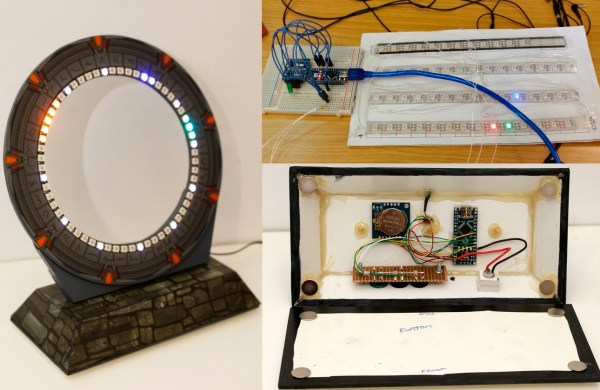It’s been a long road for each of the five finalists; but after tonight they can breathe easy. The last judging round of the 2014 Hackaday Prize begins at 11:50pm PDT.
Each finalist must finish documenting their project by that time as a cached version of each of the project pages will be sent off to our orbital judges. Joining the panel that judged the semifinal round is [Chris Anderson], CEO of 3D Robotics, founder of DIY Drones, former Editor-in-Chief of Wired, and technology visionary. These nine are charged with deciding who has built a project cool enough to go to space.
In case you’ve forgotten, the final five projects selected by our team of launch judges are:
- ChipWhisperer, an embedded hardware security research device for hardware penetration testing.
- Open Source Science Tricorder, a realization of science fiction technology made possible by today’s electronics hardware advances.
- PortableSDR, is a compact Software Defined Radio module that was originally designed for Ham Radio operators.
- ramanPi, a 3D printed Raman Spectrometer built around a Raspberry Pi.
- SatNOGS, a global network of satellite ground stations.
The ultimate results of the judging will be revealed at The Hackaday Prize party we’re holding in Munich during Electronica 2014. We’re also holding an Embedded Hardware Workshop with Moog synths, robots, hacked routers, computer vision, and a name that’s official-sounding enough to convince your boss to give you the day off work. We hope to see you there!


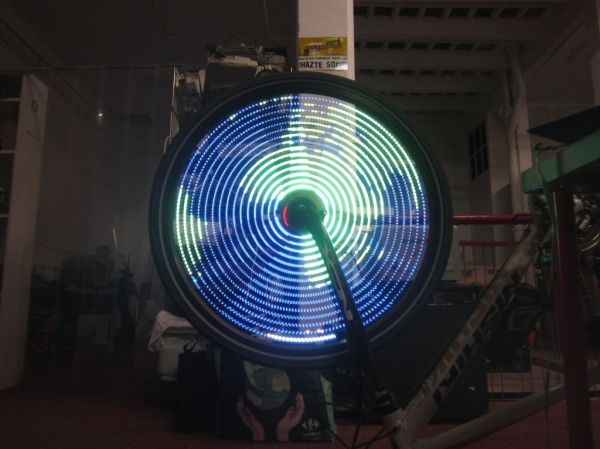
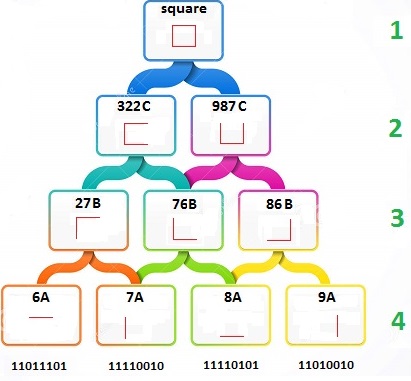
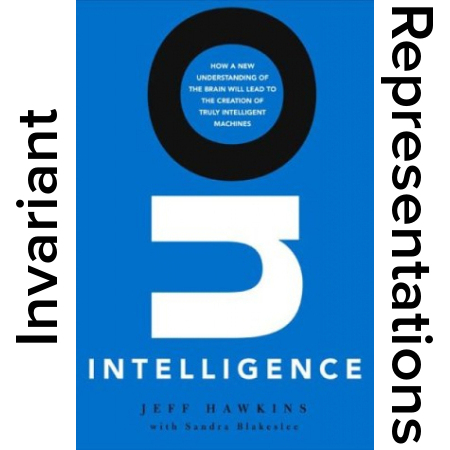
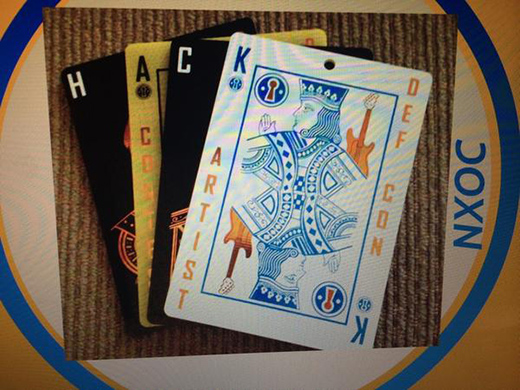



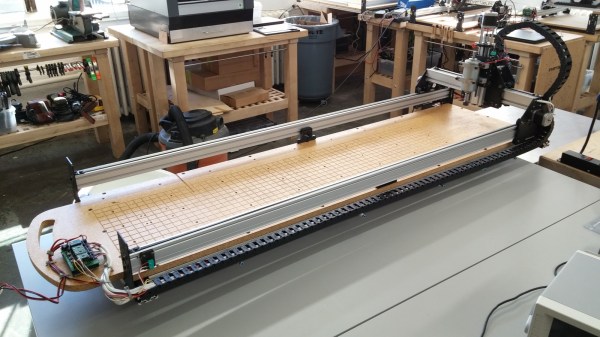
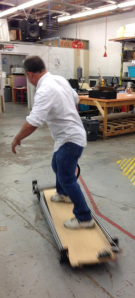 The project started off with some stock Shapeoko 2 parts. Achieving the deck-cutting size required shortening the X Axis and tripling the length of the Y Axis resulting in a 250 x 1200mm work envelope. The DC spindle used accepts ER16 collets and has a fully variable speed control. The stand alone selectable 24/48 volt power supply has a neat DIY handle to ease transportation. Even though the router itself has skateboard trucks, it also has a handle at the front so it’s easy to grab and drag behind you.
The project started off with some stock Shapeoko 2 parts. Achieving the deck-cutting size required shortening the X Axis and tripling the length of the Y Axis resulting in a 250 x 1200mm work envelope. The DC spindle used accepts ER16 collets and has a fully variable speed control. The stand alone selectable 24/48 volt power supply has a neat DIY handle to ease transportation. Even though the router itself has skateboard trucks, it also has a handle at the front so it’s easy to grab and drag behind you.